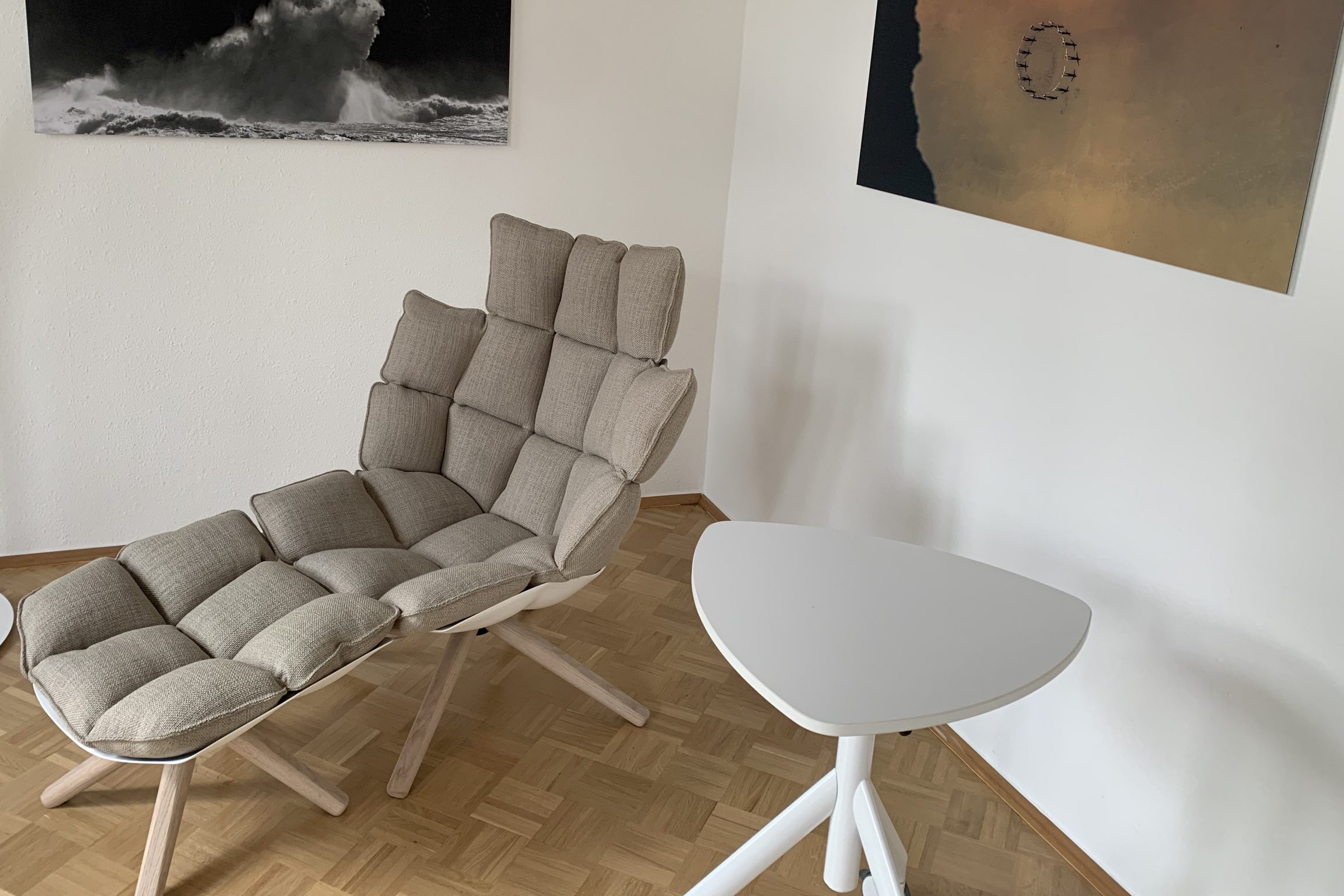“What topic do you think I should tackle next?” my coachee Alex asked the other day at the beginning of our session. Alex has held a leadership position in a medium-sized company for four years. During this time, she has excellently mastered several professional challenges. She reorganized her team, successfully implemented concepts, and took on an extremely challenging role in a transformation project that was just completed.
My recommendation would be to first of all take a breath and enjoy the fact that business is running smoothly. But Alex was already looking for the next challenge. From one project to the next. This is not uncommon for my performance-oriented coachees. We get better at the things we practice. In our session, I suggested that Alex should first slow down and move from her mind to her feelings. That’s a better way to understand what’s going on.
“I have to do a good job!”
Alex closed her eyes and did some soul-searching. She sat very upright and arched her back. Her posture reminded me a little of a soldier standing to attention, ready to fight. And yet the chairs in my coaching room are actually well suited to adopt a relaxed position. In fact, when I furnished my office in 2015, I test sat on many chairs to find the perfect model that would allow my coachees to relax.
“What do you feel?” I asked Alex.
“Tightness in my back and the urge to go full speed ahead,” explained Alex.
“What thoughts are going through your mind?” I asked.
“I have to do a good job!” she replied, quick as a shot.
Hijacked by our own beliefs
I always prick up my ears when people start their sentences with “I have to.” Sentences that begin with “I have to” are often things that we learned in childhood or adolescence and that shape us throughout our lives.
These sentences, called beliefs or drivers in transactional analysis, are excellent motivators when it comes to delivering performance or overcoming lean periods. So it’s no wonder that I often come across them in my work with leaders. Classics examples are
- “I have to work hard.”
- “I have to make an effort.”
- “I have to finish this.”
- “I have to do this.”
But these beliefs can also take on a life of their own and hijack us. We then do something because we think we have to, without being aware of it and without understanding why. Then they rob us of success, sleep, or (temporarily) our sanity. There is a reason why there are a large number of depressive people in the high-performance world, with a voice breathing down their neck whispering: “I have to…”
A leader with standing – without a chair to sit on
Me – “How old is this ‘I have to do a good job?'”
Alex – “Oh my God. You’re going to laugh. There’s an ancient story popping into my head right now. Do you want to hear it?”
Me – “Go for it!” I must confess that I love this part of my work.
Alex – “My first high school job was in production. We stood at the assembly line all day and packed boxes. I found that incredibly hard. Every morning before work I thought: I won’t survive another full day on my feet. There was an old woman in production (author’s note: she was probably younger than I am today!) who always shuffled around very slowly. I realized that if I didn’t work hard at school, I would end up like that woman. After the summer break, I pulled myself together, studied hard, and graduated with good grades. Always with the goal in mind: to get a job where I didn’t have to stand.”
At that moment, I asked myself where the term “to have standing” actually comes from. And did all bosses who now sit comfortably in their chairs once slave away in production? Focus, Lara, focus.
Letting go of the past – arriving in the boss’s chair
“So did that work out with the chair?” I asked, somewhat amused.
Alex’s eyes snapped open. “What do you mean?” she asked, confused.
Me – “What type of chair do you have in your office?”
Alex – “A very comfortable one.”
Me – “I see!”
Alex burst out laughing. She had understood. Enlightenment is when you understand, the past is gone. And sometimes that feels great and liberating. “Arriving in the boss’s chair” suddenly took on a completely new dimension. We laughed and goofed around for quite a while. But all joking aside.
Me – “What do you really have to do in your life?”
Alex: “Die!”
Me – “There are various religious groups that would not subscribe to that.”
Alex – “Breathe!”
Me – “You can always choose to hold your breath. It just has rather unpleasant consequences if you insist on the decision. So I can’t recommend it. What do you really HAVE to do?”
Motivation vs. inspiration
How about asking yourself – “What do I WANT?” instead of “What do I HAVE to do?” or “What do I think makes sense?” It can be helpful to look at your own motivation and inspiration. Matt Griggs recently explained what he sees as the difference between the two:
- Motivation has something to do with the outside world, the pursuit of a goal, e.g., a position, sometimes symbolized by a corner office or indeed a chair. When we achieve this, it gives us temporary satisfaction.
- Inspiration has to do with the inner world, with how I am or how I want to be. When we focus on this, it leads to a state of long-term fulfillment.
Ideally, you can combine both in what you do.
At the end of our session, I encouraged Alex to reflect on this. She left my office visibly more relaxed and satisfied. And isn’t that what many employees long for? A boss who can laugh heartily about him- or herself and remains relaxed, even when things are turbulent in the company?
A few days after our session, Alex went on vacation for several weeks. Knowing her, she will consciously or unconsciously explore her motivation and inspiration during her time off. She will then realize what topic she wants to tackle next. And I’m sure she’ll really appreciate her comfortable office chair when she returns.


